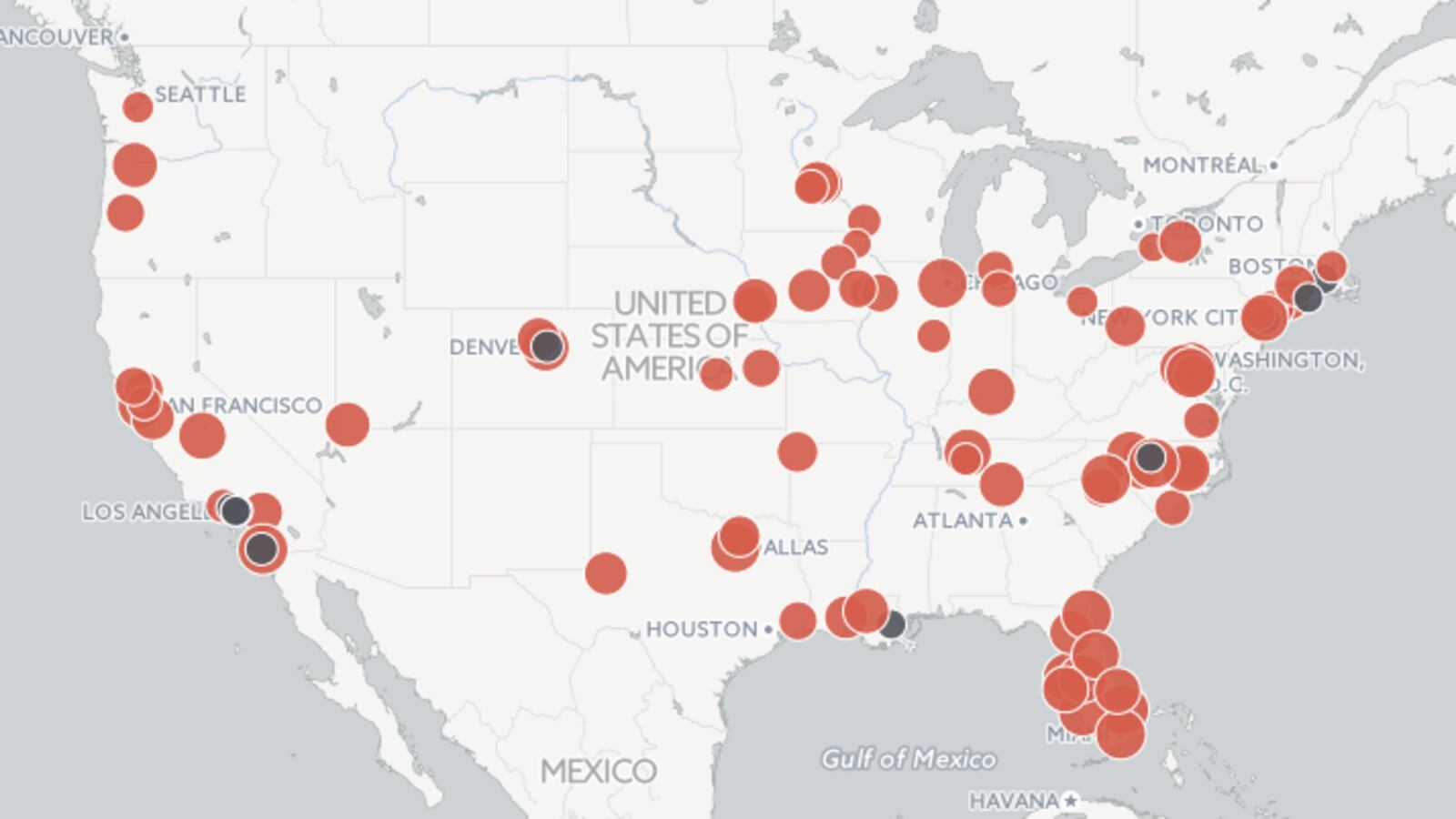School integration can be politically treacherous, tricky to define and hard to achieve. But more and more school districts are willing to give it a try.
A study released Friday by the Century Foundation, a think tank focused on inequity, found that 100 school districts and charter schools across the country are currently pursuing socioeconomic diversity plans — a number that has more than doubled since 2007.
Among the districts profiled is New York City, one of the most segregated school systems in the country but also home to a growing number of advocates pushing for more diverse schools.
“There’s been a big growth in the number of school districts that are pursuing socioeconomic diversity,” said Richard Kahlenberg, a senior fellow at the foundation and a contributor to the report. “New York has made an important and good start in this effort.”
The report highlights some recent strides: The city has factored student diversity into recent rezoning proposals, allowed schools to implement their own admissions plans to enroll more disadvantaged students, and now requires annual reporting of demographics and integration efforts.
Still, the report says: “Systemic progress has been slow.”
“Despite this mounting pressure from community organizations and local leaders, Department of Education leadership has largely resisted any commitment to the politically contentious work of systematically revamping neighborhood school zones or the admissions policies that have contributed to citywide school segregation,” the report notes.
In an emailed statement, department spokeswoman Devora Kaye said the city is “focused on increasing diversity at our schools through both systemic and localized approaches.”
She highlighted more than 80 new bilingual programs started under the current administration, and an increase in the number of students with disabilities in general education settings and in screened high schools. She also echoed comments by Mayor Bill de Blasio that the city is working on a larger diversity plan — but, like the mayor, provided no details.
“Across the city, there is a range of meaningful conversations and real steps forward around different approaches to increasing diversity,” Kaye wrote. “As we’ve already stated, we’re going to put forward a larger plan on increasing diversity in our schools – something we believe in.”
The Century Foundation report was released ahead of a national conference in Washington, D.C. — hosted by the foundation, the U.S. Department of Education and the National Coalition on School Diversity — where education leaders will share best practices for integration.
“Like math, reading, science, social studies, and the arts, diversity is essential for helping our students get ready for the world they will encounter throughout their lives,” U.S. Department of Education Secretary John King said in a statement. “The school districts and charters pursuing socioeconomic integration highlighted in this report demonstrate what is possible when we embrace the richness of our diversity.”
The report includes case studies from across the country that offer potentially valuable lessons to New York.
One takeaway, for instance: Setting system-wide integration goals and ensuring diversity at the individual classroom level are essential.
The report also notes that policies that encourage choice over compulsory integration, an approach that New York City schools Chancellor Carmen Fariña has favored, have proven successful and even popular.
Take Louisville, for example. In the 1970s, 98 percent of suburbanites opposed busing plans for integration, the study reports. Now, Louisville uses a choice system that includes consideration of student diversity — and 89 percent think the school district should “ensure that students learn with students from different races and economic backgrounds.”
A close look at districts in Cambridge and Hartford found that magnet schools, which offer instruction around specialized themes, can lead to an uptick in public school enrollment and more diverse student bodies.
“Many districts are able to marry choice and integration quite successfully,” the report notes.

